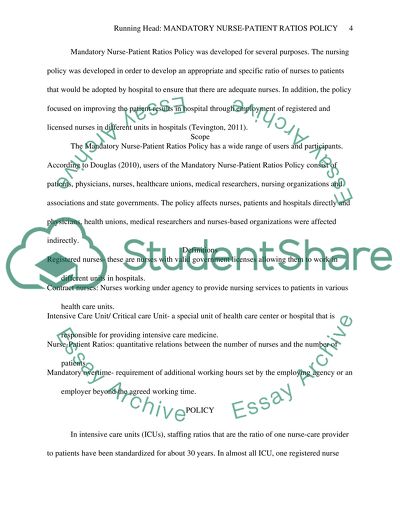Cite this document
(“Nursing staffing ratio policy for the ICU department Assignment”, n.d.)
Nursing staffing ratio policy for the ICU department Assignment. Retrieved from https://studentshare.org/nursing/1642241-nursing-staffing-ratio-policy-for-the-icu-department
Nursing staffing ratio policy for the ICU department Assignment. Retrieved from https://studentshare.org/nursing/1642241-nursing-staffing-ratio-policy-for-the-icu-department
(Nursing Staffing Ratio Policy for the ICU Department Assignment)
Nursing Staffing Ratio Policy for the ICU Department Assignment. https://studentshare.org/nursing/1642241-nursing-staffing-ratio-policy-for-the-icu-department.
Nursing Staffing Ratio Policy for the ICU Department Assignment. https://studentshare.org/nursing/1642241-nursing-staffing-ratio-policy-for-the-icu-department.
“Nursing Staffing Ratio Policy for the ICU Department Assignment”, n.d. https://studentshare.org/nursing/1642241-nursing-staffing-ratio-policy-for-the-icu-department.


